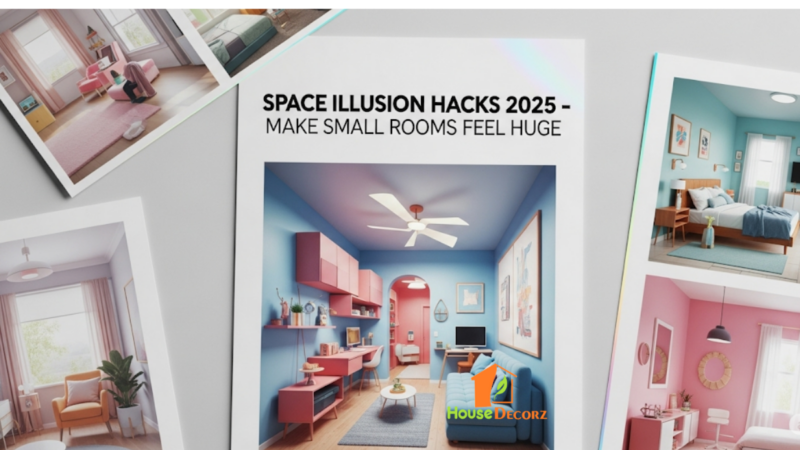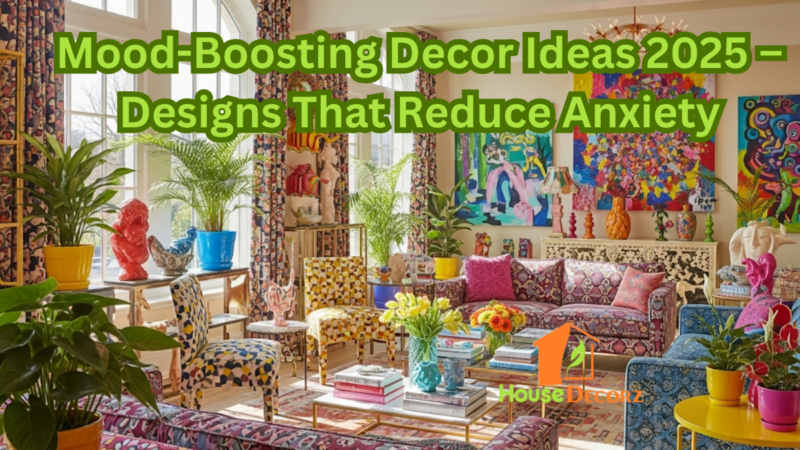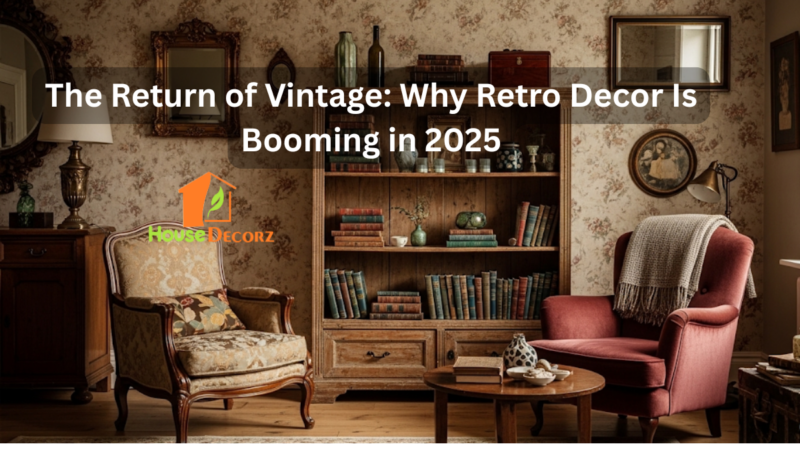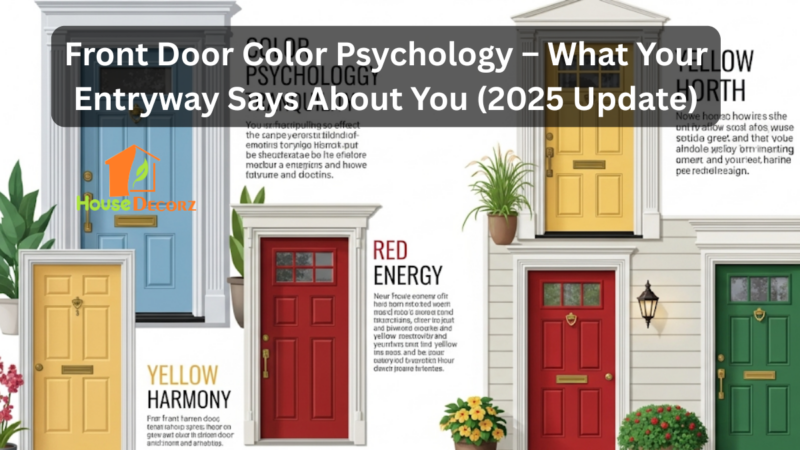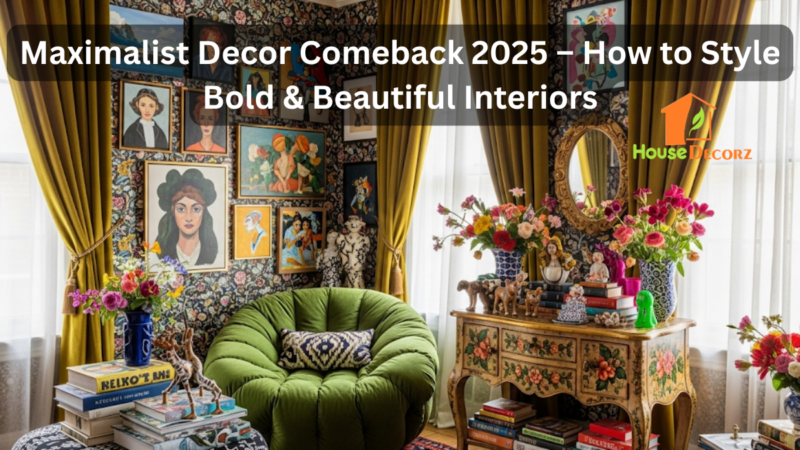Gallery Wall Layout Ideas That Add Instant Personality
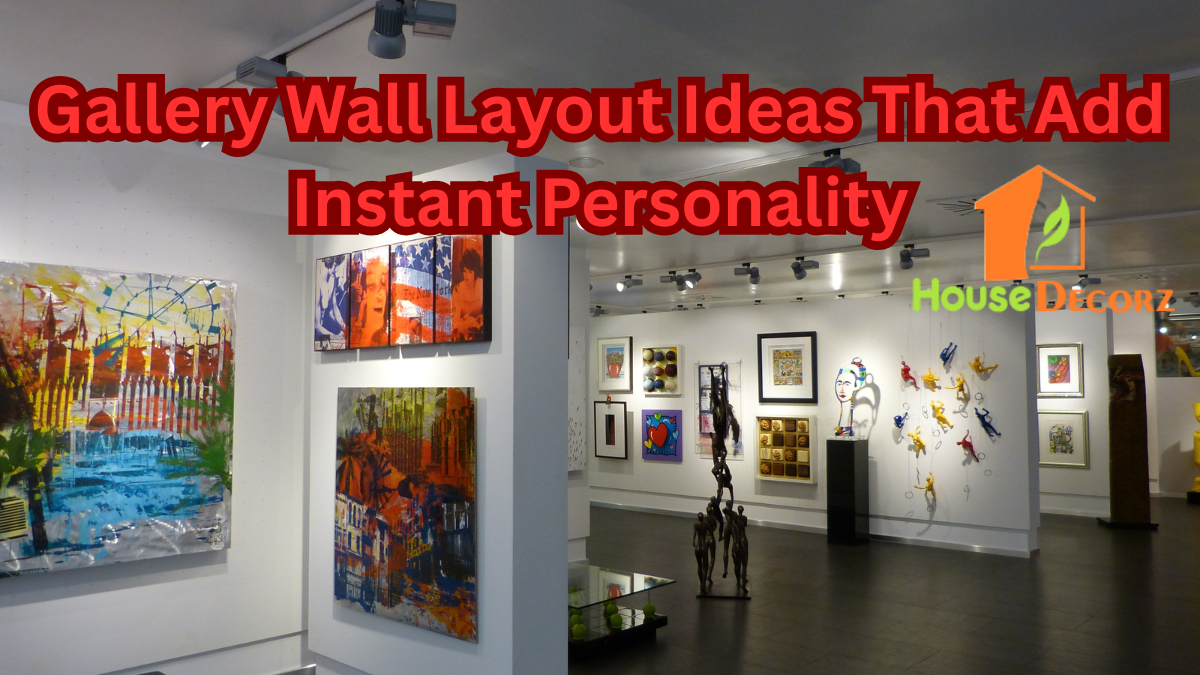
A well-designed gallery wall can transform a bland space into a vibrant and personalized display of memories, art, and creativity.
Whether you’re decorating a small nook or a large feature wall, the right layout brings harmony and storytelling to your space. With a little imagination and some helpful planning, you can turn any wall into a statement piece that reflects your style.
In this guide, we’ll explore gallery wall layout ideas that suit various spaces and aesthetics, along with essential picture wall planning strategies and photo arrangement tips to help you create a cohesive, beautiful design.
Why Gallery Walls Work
Gallery walls are a favorite in interior design for good reason—they’re versatile, expressive, and completely customizable. Whether you prefer minimalist black-and-white photography or a vibrant mix of eclectic prints and family portraits, your wall can become a personal art exhibit that grows and evolves over time.
Grid Layout – Clean and Classic
The grid layout is ideal for those who love symmetry and order. It involves hanging frames in evenly spaced rows and columns, creating a clean and modern aesthetic.
How to pull it off:
- Choose identical or similarly sized frames.
- Use a level, tape measure, and painter’s tape to ensure even spacing (typically 2–3 inches apart).
- Stick to a single theme, such as black-and-white photos or nature prints, for a unified look.
Best for: Dining rooms, home offices, or hallway features.
Salon-Style Layout – Collected and Eclectic
Inspired by 19th-century European salons, this layout mixes different frame styles, sizes, and art forms for an eclectic, gallery-like feel.
Picture wall planning tips for this style:
- Start by laying everything out on the floor first.
- Choose a central anchor piece, then build outward organically.
- Balance the overall shape by filling in gaps with small prints or sculptural wall art.
Best for: Living rooms, stairwells, or creative studios.
Linear Layout – Minimal and Modern
This arrangement follows a straight line—either horizontally or vertically. It works best with three to five frames of equal size, keeping the layout sleek and understated.
Tips for success:
- Align frames by their centers rather than edges for a balanced visual.
- Stick with simple, cohesive artwork or photography to maintain a minimalist feel.
Best for: Entryways, narrow hallways, or above furniture like a sofa or console table.
Organic or Freeform Layout – Artistic and Fun
If you love a relaxed and spontaneous look, this layout lets your creativity shine. Mix sizes, orientations, and frame colors for a dynamic, personalized gallery.
Photo arrangement tips:
- Use paper templates of your frames and tape them on the wall to experiment with positioning.
- Keep spacing varied but intentional—some overlap can add visual interest.
- Introduce objects like clocks, wall baskets, or mirrors to break up the flow.
Best for: Bedrooms, playrooms, or boho-style living areas.
Corner or L-Shaped Layout – Unexpected and Bold
Don’t ignore corners! Turning two adjacent walls into a gallery space can bring dimension and creativity to an otherwise forgotten area.
How to make it work:
- Carry the theme seamlessly across both walls.
- Mirror frame heights at the corner point for continuity.
- Use a mix of sizes to soften the hard angle visually.
Best for: Cozy reading nooks or small apartments where space is limited.
Shelf-Based Gallery – Flexible and Layered
If you want the option to switch things up without rehanging art, picture ledges or floating shelves are perfect.
Benefits and tips:
- Layer frames by leaning them against the wall for depth.
- Mix in plants, candles, or decorative objects for added texture.
- Use varied heights to avoid a flat, predictable look.
Best for: Renters or those who love to change up their decor seasonally.
Recommendation
Wall Art Trends 2025 – What U.S. Interior Designers Are Hanging This Year
How to Decorate an Empty Wall with Creative Ideas
How to Decorate the Wall Space Above Your Sofa
How to Hang Wall Art Correctly: Simple Step-by-Step Guide
10 Easy DIY Wall Art Projects for Beginners – Decorate Your Space Creatively
30+ Inspiring Bedroom Wall Decoration Ideas to Transform Your Space
FAQs
Q1: How do I choose the right gallery wall layout for my space?
A: Consider your wall size, room style, and personal aesthetic. Grids work well in formal spaces, while freeform layouts are great for casual, creative vibes.
Q2: What’s the best way to plan a gallery wall before hanging?
A: Lay out your arrangement on the floor first or use paper templates to tape on the wall. This helps you visualize spacing and composition before committing.
Q3: How far apart should I space the frames?
A: A general rule is 2 to 3 inches between frames. For a denser salon-style look, go as close as 1 inch. Maintain consistent spacing for a polished finish.
Q4: Can I mix different types of art and frame styles?
A: Absolutely! Mixing photography, paintings, prints, and 3D objects adds personality. Just stick to a cohesive color palette or theme to keep it from looking chaotic.
Q5: What’s the easiest gallery wall style for beginners?
A: A linear or grid layout is a great starting point because of its simplicity and structure. It requires fewer pieces and is easier to align.
Final Thoughts
Creating a stunning gallery wall doesn’t require a professional designer—just a bit of planning, creativity, and attention to detail.
Whether you choose a structured grid, an eclectic freeform, or something completely your own, these gallery wall layout ideas can breathe life into your home. With thoughtful picture wall planning and handy photo arrangement tips, your walls can tell a story that’s uniquely yours.

